H. plantaginea, the most primitive hosta, originated from east-central China. They can still be found today in dense Chinese forests, tucked away into rocky formations and slopes. Hostas were depicted in Chinese documents as early as the Han Dynasty (206 BC-220 AD). From there, the plant migrated to parts of Russia, Korea, and eventually Japan, where the cultivation of hostas thrived.
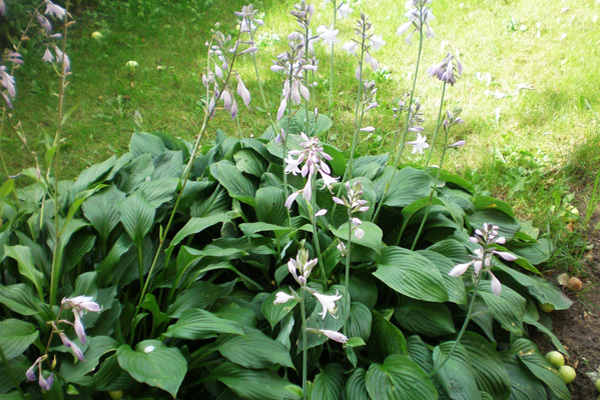
It took several years before hostas came to Western Europe. The first hostas to arrive were two Chinese varieties, the Hosta plantaginea and Hosta ventricosa.
In the 1830s, Thomas Hogg, an American working for the U.S. government in Japan, sent plants to his nursery in the New York City area. From there, botanists began classifying hosta species.
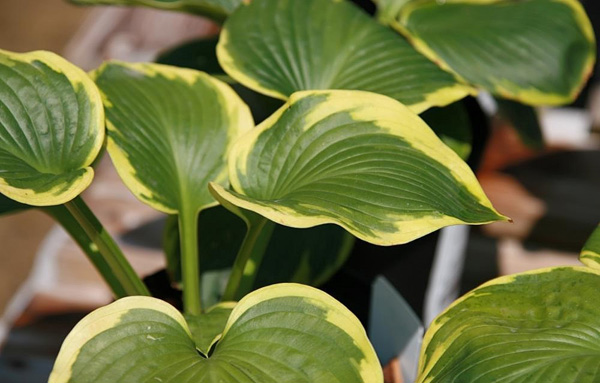
One of the first and most successful hosta cultivars in the U.S. was from Massachusetts (1930s). Frances Williams bought a yellow-edge hosta (later named Hosta ‘Frances Williams‘) from Bristol Nurseries, Connecticut, which she raised and distributed, increasing its status to the most popular hosta in the U.S. and the UK. From there, hosta hybridization and cultivation flourished.
Eric Smith, a former vice president of the British Hosta and Hemerocallis Society, propagated many hybrids, especially in the Tardiana Group. He exchanged hosta hybrids with Alex Summers, the President of the American Hosta Society. In the 1970s, the Tardiana hybrids were distributed throughout the U.S. Also, Paul Aden, the most prolific hosta hybridizer, started to introduce many new cultivars. He published The Hosta Book in 1988.
In 1987, Brian Matthew placed Hosta in a family of its own, Hostaceae. Today, the Hosta family includes about 43 different species, two coming from China and the rest from Korea and Japan. There are thousands of cultivars grown, all with great diversity in size, shape, texture, and color. In 2009, Mark R. Zilis wrote The Hostapedia, which includes information on more than 7,000 hosta species and cultivars.
Hostas have a reputation of being low maintenance since they thrive under shaded areas with little extra care needed. Simply choose a hosta color that fits the landscape well (shaded area though some dappled sunlight is acceptable), plant the hosta as deep as the container it came in, and then water the plant for the first growing season of its life. Be sure to not to saturate the ground with water. Instead, apply just enough water to keep the area around the roots moist.
Hostas do best in a water-retentive, fertile soil. Very heavy clay and sandy soils should be improved (or better yet avoided) by digging in well-rotted organic matter. Ideally, the soil’s pH should be 6.5, but it’s still worth growing hostas in acid or alkaline soils.

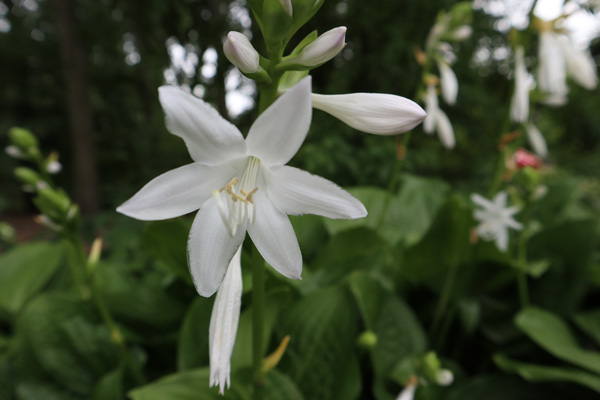
Hostas grow ornamental stalks of inflorescences (flowers) called scapes. Some scapes are fragrant and therefore left on for their aroma while some are nonfragrant. Those can be left on too or cut back. By cutting the scapes back, the plant is allowed more growth potential. Once the first frost hits, hostas will begin to wilt. They can be cut back to the ground at that time.
Hostas will begin growing in early June and reach their peak size in the middle of summer (typically July). They will retain their colors all through the summer and take on a bronze-yellow hue come fall until the first frost.
Hostas are easily one of the most versatile plants in a garden. They require a low amount of maintenance, grow quickly, and are difficult to kill. They come in a wide range of colors from greens, yellows, blues, greys, subdued whites, and variegations of these colors. They also range in sizes from only a few inches to six feet wide. Newer varieties of hostas with quirky leaves have also appeared, taking hostas to the next level of edginess.
Knowing how large your hosta will grow is important as hostas will grow to their mature size quickly. Make sure you don’t have any neighboring plants that will become smothered. Also, hostas will grow in height. Some are designed to only grow a few inches tall while others can grow up to four feet tall.
The coloration of your hosta is also important to consider in your landscape. Typically, brightly colored, variegated hostas can stand alone because of their vivid hues. This is also true for hostas with unusual leaf shapes. Bright green hostas do well when paired with darker foliaged plants, such as coral bells. Deep grey and blue colored hostas do well as neutralizers, meaning they can help blend a wide palette of colors to effortlessly tie together your entire garden bed.
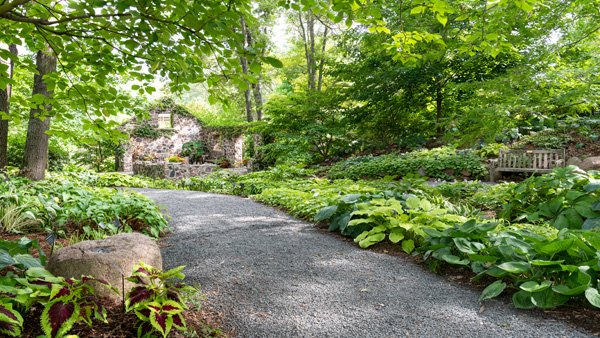
Given enough shade, hostas will grow and flourish. They are easy to care for and have found their way into the hearts of many first-time gardeners and seasoned pros alike.
920.490.9457
info@gbbg.org
2600 Larsen Rd
Green Bay, WI 54303
Be the first to know about our latest news, upcoming events, programs, and more.
©2024 Green Bay Botanical Garden. All Rights Reserved.

A Garden membership is a meaningful gift for your loved ones to enjoy this timeless treasure and make memories all year long.
Support the Garden and gift a membership today!
Explore nature’s wonders!
Join as a new member by December 3 and receive two Free Daily Admission Passes.

View and bid on hundreds of items like plant containers and hanging baskets, gift packages, outdoor living items, and so much more.
will be moved indoors with limited seating due to Friday’s weather forecast. Tickets are no longer available. We apologize for any inconvenience!
Thank you for a great WPS Garden of Lights season - visit us again soon for more winter activities!